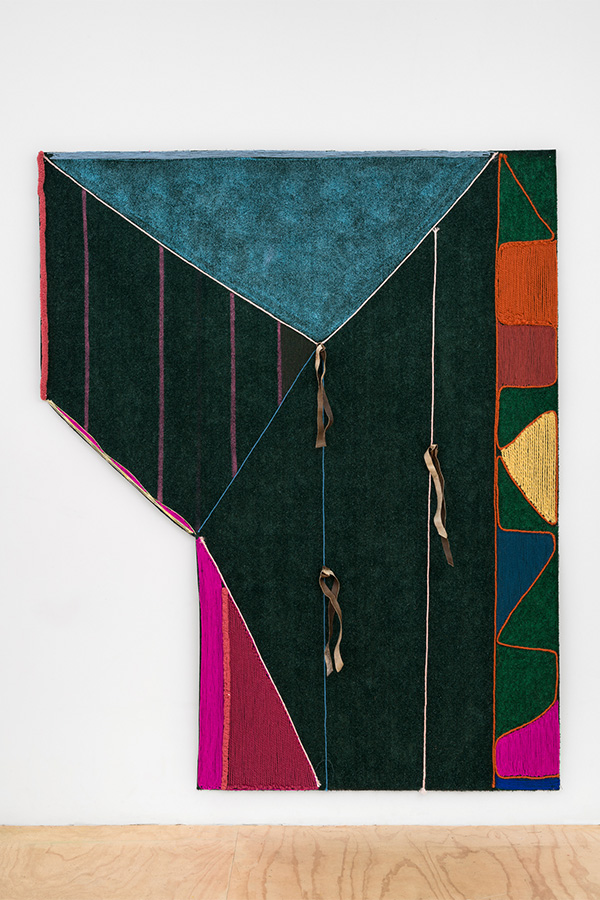Teresa Baker, a 2008 graduate of Fordham’s visual arts program, has been named a 2025 Guggenheim Fellow—one of 198 artists and scholars to receive the prestigious fellowship this year, which marks the award’s 100th anniversary.
“Receiving the Guggenheim is an incredible affirmation of support and belief in my practice, and a reminder of the importance of process, which pushes the work forward,” Baker said.
A Connection to Indigenous Art and Storytelling
Baker grew up across the northern plains of the United States, where her father’s job with the National Park Service—as the first American Indian superintendent of a national park—took the family to areas around sites like Chickasaw National Recreation Area, Little Bighorn Battlefield, and Mount Rushmore.
As a member of the Mandan and Hidatsa tribes of North Dakota, Baker was surrounded by Indigenous art and storytelling as a child, but it wasn’t until she began her studies at Fordham that she decided to pursue her own artistic path.

“I had no idea I wanted to be an artist when I went to Fordham for undergrad. At the time, my biggest mission was to just get to NYC,” she told Autre magazine in 2022. “I took an art class [and] something clicked. … I ended up working with incredible professors who both challenged and supported my work.”
One of those professors was Stephan Apicella-Hitchcock, now head of the visual arts program. “Teresa was a vital team member, consistently asking probing questions to her peers and regarding her own production,” he said. “The Guggenheim Fellowship is further confirmation of her extraordinarily smart artistic practice, fortitude, and natural talent.”
Using Mixed Materials to ‘Offer an Expansive Sense of Land’
Following her time at Fordham, Baker earned an M.F.A. from California College of the Arts. Her mixed-media practice combines natural and artificial materials. Much of her recent work uses an Astroturf base with elements ranging from yarn and spray paint to wood branches and animal hide. She experiments both with geometry and geography, with irregularly shaped pieces that resemble land carved by human borders and lines and curves that evoke rivers and paths.
“Mapping the Territory,” Baker’s 2024 solo show at New York’s Broadway Gallery, was praised by The New York Times for its “sublime beauty.”
“You can sense the vastness of that landscape in her works, which suggest aerial views of Earth,” the reviewers wrote. “However, these are Native maps, not Western European ones. They’re not geographically precise documents intended to exert control. They offer an expansive sense of land as something not just seen or claimed, but experienced and moved through.”
Baker is represented by de boer, Los Angeles, and her work has been exhibited at institutions like the American Academy of Arts and Letters in New York, the Arts Club of Chicago, and the Hammer Museum in Los Angeles. The Whitney Museum of American Art in New York, the Hammer Museum, the Yale University Art Gallery, and the Portland (Maine) Museum of Art recently acquired her work.

Last fall, one of Baker’s pieces, Sunset Turns South, was included in “Amarcord,” a group show at Fordham’s Ildiko Butler Gallery featuring work by more than 30 visual arts alumni from the past three decades.
Chartered in 1925, the Guggenheim Foundation offers its fellowships to help “artists, writers, scholars, and scientists at the highest levels of achievement pursue the work they were meant to do.” Past recipients in the fine arts field include Isamu Noguchi, Romare Bearden, and Faith Ringgold.
